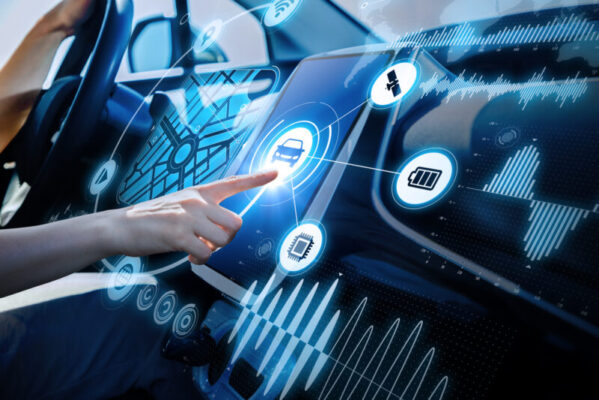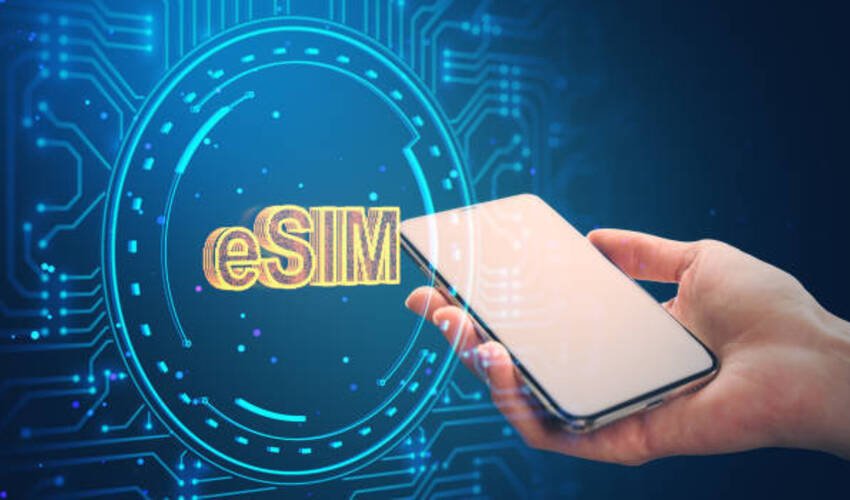As technology advances, new and modern features add up in almost every device whether it is mobile phones, computers, or cars. Like mobile phones not only used for phone calls, cars are also not only used for driving and parking. Cars now have more advanced codes and features to use. The automotive industry is also emerging hand-in-hand with technology, so produce and deliver safer, comfortable, and modern vehicles for modern users. With technological advancement, vehicles are becoming large and smart devices that provide connectivity, navigation, improved fuel efficiency, infotainment, and much more that will be beyond your thinking.
Many automotive companies have already taken the initiative of producing advanced and ultra-modern vehicles, which in turn was a beneficial and positive step for the automotive industry. Technology is the main key behind the success and modification of every industry. Technology has revolutionized the automotive industry as well. But it doesn’t end here, it continues to grow from time to time and provides you ease and safety on the roads. In this article, we will take a look at which 5 technological innovations will change the automotive industry.
1. Vehicles as IoT Devices
The Internet of Things offers a great potential for interconnectivity, like linking smart vehicles with a network and other devices. This feature also allows the drivers to optimize vehicle performance and give an amazing driving experience. The wireless connectivity not only allows the vehicle to communicate with its subsystems but also links with external networks, other vehicles, traffic control systems.
This connectivity allows the connected cars and the collected data to offer other features such as traffic management, emergency response capabilities, predictive maintenance, and the most important enhanced safety on the roads. Today’s vehicles are not limited products, we can continue with our other activities on the go and the rest will be taken care of by the vehicle itself. IoT has modernized almost every industry in which the automotive industry is the most progressive one.
The trend of Auto Driven Cars is at the fire – Even Porsche, BMW, and other brands are working on it. It will affect all the stakeholders, especially the Garages and Dealer Alternative Service Centers. You will witness that even a normal Porsche Model needs to visit a special fully updated Porsche Workshop in Abu Dhabi, or anywhere across the globe just after the implementation of Auto Driven Technology. Will it be a good or a bad sign for garages? Well, the time will tell!
2. Advanced Driver Assistance Systems
The Advanced Driver Assistance Systems (ADAS) is designed to help the drivers to reduce the workflow during the driving process. This system is based on embedded vision technology, it consists of vision systems that surround the vehicle, and it is placed as a protective bubble against driver error, road obstacles, pedestrians, and other vehicles. These vision systems are capable of identification and real-time tracking. The driver will be able to follow the direction as we have seen, the drivers of Uber and Crème use navigation systems and they follow the commands which Google provides them and reach the desired destination by following the direction. It’s just a simple example, if we look at it more advanced one, the driver can set the desired location and the car will arrive at that place without any instructions.
3. Advanced Motor Control
Modern vehicles encompass advanced motor control systems. Which control fans, pumps, compressors, and servomechanisms of all types. The increasing desire for maximum efficiency and control has motivated most engineers to go beyond the traditional control systems to more advanced and sophisticated digital control systems. Many cost-effective solutions are available at Npcautomotive that provide maximum control capabilities. These control systems or methods provide great flexibility but on the other hand, they are more challenging to control. So that is why these highly designed and sophisticated control systems require profound knowledge and expertise to control the systems to the greatest extent. Though, advanced motor control systems provide the greatest driving experience. The engineers are still experimenting with distinctive motor control systems that will increase the performance levels of the vehicle, and control the efficiency of vehicle.
4. Predictive Technology
With its name, you can certainly guess what that means? To predict the future or upcoming happenings on the road is the main purpose of predictive technology. Predictive technology includes Artificial Intelligence and machine learning; these impact almost all technological aspects. They play an important part in the future of the automotive industry as well. Predictive technology is becoming an essential part of the automotive industry. Within just a click of a button, you may come to know what is happening on the particular road or location. The coded computer in your vehicle will inform you about everything so to avoid any interruption or delays, you can change your route and reach your destination on time.
They provide a highly personalized driving experience. Automakers are using AL and ML to further automate or advance the setting up process of vehicles, which includes its in-built applications and infotainment systems. This makes the vehicles connect with almost all the devices like our smartphones and actually understand the commands that we apply. The predictive technologies could also be able to estimate and inform that the car needs service by calculating the performance, mileage, and condition of the car.
5. Vehicle-to-Everything Communication
As you know and as mentioned above, IoT is the key trend in the automotive industry these days, as it allows us to connect with other vehicles and systems. However, vehicle to everything communication goes beyond the level of connectivity. It actually has changed the future of the automobile industry. It’s created to control traffic systems, avoid collisions, and send emergency vehicle notifications. The vehicle-to-everything communication will send real-time notifications, warnings, and alerts regarding traffic jams, accidents, strikes, or any other incident that may occur on the road. The main purpose of its creation is set to increase traffic safety, detect obstacles on the road and suggest safety measures. This step takes us to a smart and safer driving experience.
Conclusion
Modern cars will be more like computers connected on wheels that will generate huge amounts of data. According to the survey, the cars will be having 200 million codes to function as the vehicle will be engineered with so many features. So modern or advanced technology cars are high in demand and soon it may seem like simple cars will totally vanish from the automotive industry and the trend of modern cars will take the place globally. The automotive industry is going a step further and making use of advanced and modern technology by noticing the growing desire and demand of the customers to provide them real-time satisfaction and safety on the roads. The 5 innovative technologies have definitely changed the automotive industry and the desire of the customers. So what we expect in the next 5 to 10 coming years, with the technological advancements, the car may soon have the feature to fly from one place to another, or what goes beyond that? That’s the real question. So start thinking.
Author Bio:
Arslan Haider is the author of the above blog. He is a Senior SEO Expert at MediaHicon (deals in SEO services). Apart from that, he loves to post blogs having valuable content.
Read Dive is a leading technology blog focusing on different domains like Blockchain, AI, Chatbot, Fintech, Health Tech, Software Development and Testing. For guest blogging, please feel free to contact at readdive@gmail.com.





